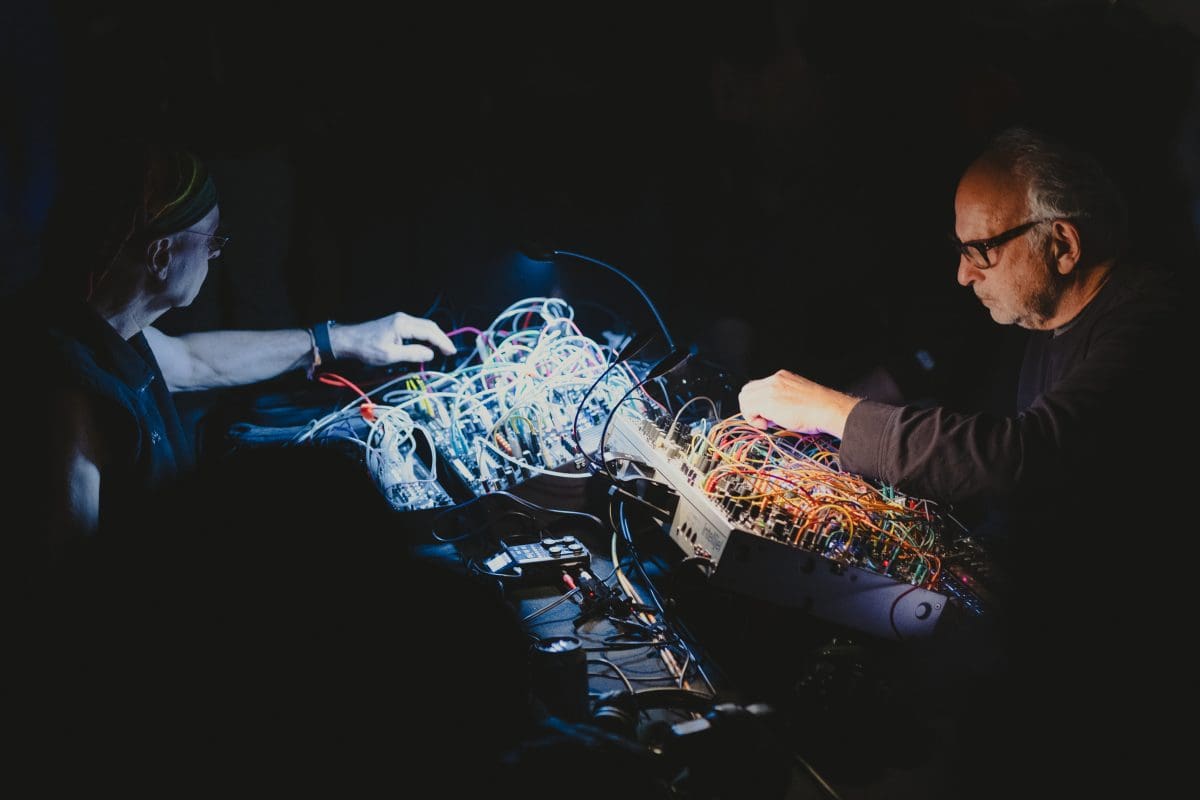John Came sees mysterious 90s electronic experimentation ‘Rhythmicon’ album reissued on Mute
Releasing on the 8th of September via Mute is John Came’s “Rhythmicon” album. The album, conceptually designed, sees Came utilising computer software and synthesisers, shrouded in enigma since its original pre-web launch in July 1995.
The comprehensive – obviously fake – biography of John Came portrayed him as an artist born in London, who emigrated to Australia seeking improved life conditions, then returned to the UK, and ultimately found inspiration in the northern Scottish isles, cycling from Skye to London.
The Rhythmicon, also termed the Polyrhythmophone, was an electro-mechanical musical device, conceptualised and crafted by Leon Theremin for composer Henry Cowell. The instrument was designed to expose the relations between rhythms, pitches and the harmonic series. It employed a series of perforated rotating disks, akin to a Nipkow disk, to disrupt the light flow between bulbs and photoreceptors in alignment with the disk perforations. The resulting interrupted signals created oscillations that were interpreted as rhythms or tones, contingent on the speed of the disks. Though capable of generating both pitches and rhythms, it is often labelled the world’s inaugural drum machine.
Nick Cope, member of the electronic band Pnin, introduced Came to the instrument. Nick, possessing the Rhythmicon, decided to reverse the logic and deduce harmonic and melodic data from rhythmic information, and conversely.
By employing sound and theory, John Came articulated ideas through a sequence of illustrative films that showcased Came executing his compositions (in an arhythmic fashion) into a Rhythmicon simulacrum, hence producing the rhythmic data for the pieces.
From this point, the rhythmic data of the pieces was translated into notes; subsequently, the two distinct threads of altered data were overlaid and fed into a computer capable of music notation/playing.
Who was John Came?
The identity of John Came was speculated upon, it was even suggested this could be a side-project for Alan Wilder, Vince Clarke or Daniel Miller.
There was an immediate conjecture that John Came was a pseudonym and his rhythmicon a product of the fertile creativity of an artist well-versed in electronic experimentation. Indeed, John Came was an alias, with the brains behind the concept being Simon Leonard and David Baker (known also as Komputer / Fortran 5 / I Start Counting), though the precise details concerning the instrumentation and the unusual album’s conception remain subject to speculation.
The album from John Came surfaced at a juncture when Leonard and Baker were transitioning from Fortran 5 to Komputer. In the current context, David Baker is diligently working on his solo endeavour, lonelyklown.
Here is the video for “Ink Tank”.
Since you’re here …
… we have a small favour to ask. More people are reading Side-Line Magazine than ever but advertising revenues across the media are falling fast. Unlike many news organisations, we haven’t put up a paywall – we want to keep our journalism as open as we can - and we refuse to add annoying advertising. So you can see why we need to ask for your help.
Side-Line’s independent journalism takes a lot of time, money and hard work to produce. But we do it because we want to push the artists we like and who are equally fighting to survive.
If everyone who reads our reporting, who likes it, helps fund it, our future would be much more secure. For as little as 5 US$, you can support Side-Line Magazine – and it only takes a minute. Thank you.
The donations are safely powered by Paypal.











